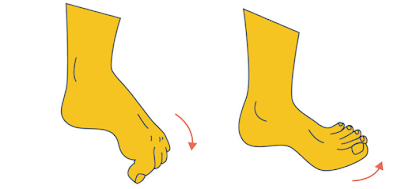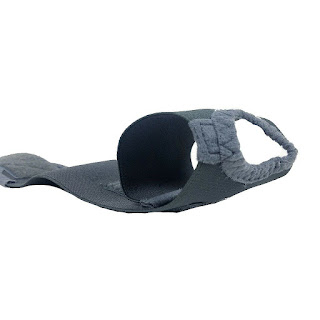Ankle Injuries: Causes, Treatments, and Prevention
Ankle injuries are often thought of as sports injuries. But you don't have to be an athlete or even a "weekend warrior" to turn your ankle and hurt it. Something as simple as walking on an uneven surface can cause a painful, debilitating sprain.
Ankle injuries can happen to anyone at any age. However, men between 15 and 24 years old have higher rates of ankle sprain, compared with women older than age 30 who have higher rates than men. Half of all ankle sprains occur during an athletic activity. Every day in the U.S., 25,000 people sprain their ankle. And more than 1 million people visit emergency rooms each year because of ankle injuries. The most common ankle injuries are sprains and fractures, which involve ligaments and bones in the ankle. But you can also tear or strain a tendon.
What Kinds of Ankle Injuries Are There?
Ankle injuries are defined by the kind of tissue -- bone, ligament, or tendon -- that's damaged. The ankle is where three bones meet -- the tibia and fibula of your lower leg with the talus of your foot. These bones are held together at the ankle joint by ligaments, which are strong elastic bands of connective tissue that keep the bones in place while allowing normal ankle motion. Tendons attach muscles to the bones to do the work of making the ankle and foot move, and help keep the joints stable.
A fracture describes a break in one or more of the bones. A sprain is the term that describes damage to ligaments when they are stretched beyond their normal range of motion. A ligament sprain can range from many microscopic tears in the fibers that comprise the ligament to a complete tear or rupture. A strain refers to damage to muscles and tendons as a result of being pulled or stretched too far.
Muscle and tendon strains are more common in the legs and lower back. In the ankle, there are two tendons that are often strained. These are the peroneal tendons, and they stabilize and protect the ankle. They can become inflamed as a result of overuse or trauma. Acute tendon tears result from a sudden trauma or force. The inflammation of a tendon is called tendinitis. Microscopic tendon tears that accumulate over time, because of being repeatedly over stretched, and don’t heal properly lead to a condition called tendinosis. Tendons can also rupture. Subluxation refers to a tendon that slips out of place.




Hello, can you please link the https://tynor.com.au/collections/ankle-brace-and-supports with ankle joint word?
ReplyDelete